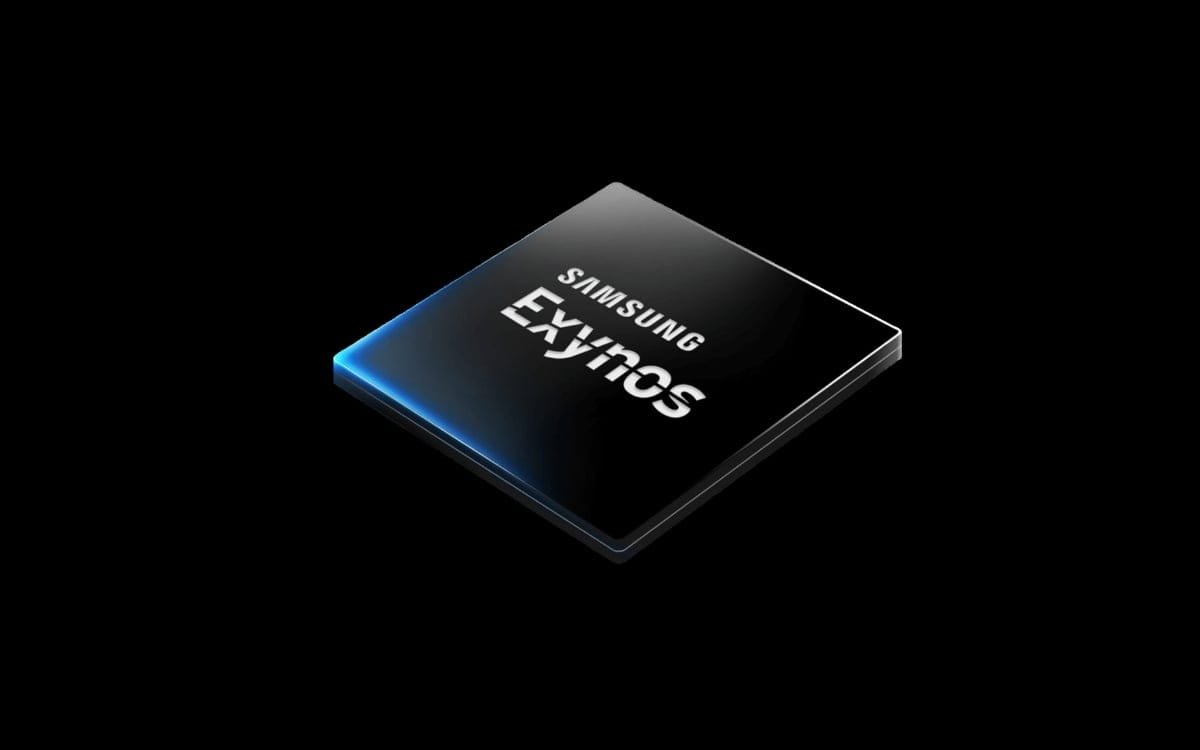The upcoming Samsung Galaxy S25 series has already sparked plenty of discussions about its chipset choices. After Samsung showed some improvement with its in-house Exynos chips in the S24 series, many expected a move toward Snapdragon for the S25 lineup. However, recent leaks suggest that the Galaxy S25 and S25+ could feature the Exynos 2500, which has left fans skeptical about the performance and overall user experience.
Samsung’s Exynos Chipset Woes
- Exynos Controversy: Samsung’s Exynos chipsets have faced criticism in the past due to performance and power efficiency issues compared to Qualcomm’s Snapdragon chips. While the Exynos 2500 shows some improvements, many users remain hesitant about its reliability.
- MediaTek Rumors: Initially, rumors indicated that Samsung might switch to MediaTek Dimensity 9400 for the S25 and S25+, following the trend of using it in the S25 FE. However, these hopes were dashed when leaks revealed the likely return of Exynos for the base models.
- Snapdragon Too Expensive?: Sources suggest that the cost of Snapdragon 8 Gen 4 or Snapdragon 8 Elite might be the primary reason for Samsung choosing to stick with Exynos for the S25 and S25+ models.
What to Expect from Exynos 2500?
- Performance Scores: The Exynos 2500 recently appeared on Geekbench, scoring 2666 in single-core and 8839 in multi-core tests. While these numbers show some improvement, they fall short compared to upcoming Snapdragon-powered devices like the OnePlus 13 and iQOO 13, which offer higher scores thanks to improved cooling solutions.
- 10-Core Architecture: The Exynos 2500 features a 10-core architecture with three performance cores, which is quite unusual for smartphone SoCs. However, it’s unclear how this setup will perform in real-world tasks, especially during sustained workloads.
- Power Efficiency: One of the major concerns with Exynos chips has always been power efficiency. Samsung has reportedly been working on improving this aspect, but only time will tell if the Exynos 2500 can compete with Qualcomm’s power-efficient designs.
Design Updates in the S25 Series
- Slimmer Design: All models in the Galaxy S25 series are expected to be slimmer compared to their predecessors, offering a more sleek and refined look.
- Flat Display for Ultra: For the first time, the Galaxy S25 Ultra will feature a flat display with rounded corners, deviating from the typical curved display found in previous Ultra models.
Conclusion:
While the Exynos 2500 may not excite many fans, Samsung seems committed to using it in the Galaxy S25 and S25+ models. With performance numbers lagging behind Snapdragon 8 Gen 4 devices, this decision could affect consumer interest in these models. However, improved design elements and potential software optimizations may help offset the performance gap. As we wait for the official launch, it remains to be seen whether Samsung can overcome the Exynos stigma and deliver a flagship-worthy experience with the S25 series.
[wpsm_divider top=”20px” bottom=”20px” style=”transparent”]
(Source)
